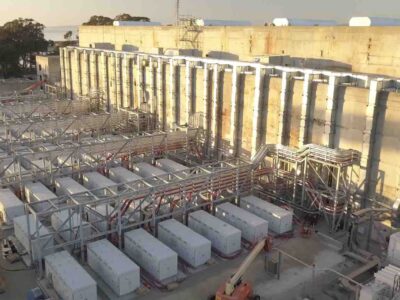In today’s investment climate, many investors want to know whether a company they’d like to invest in respects the environment, has a zero-carbon policy, protects its labor force, or produces products that are safe. In short, investors want to make sure their values align with the investments they make.
Fortunately, retail investors can now turn to environmental, social, and governance, or ESG, ratings to help them make investment decisions. ESG ratings not only help to select the firms that are at the forefront of more ethical practices. They also help protect the financial returns of those investments against potential, current, and future ESG risks.
Two leaders in the field of providing ESG ratings are MSCI and Sustainalytics. MSCI pioneered the first socially responsible index over 30 years ago and has more than 13 years of history of live tracking of ESG risks.
Sustainalytics, acquired by Morningstar last year, has been assessing companies’ ESG performance for over 25 years and introduced its ESG Risk Ratings in 2018. Its company-level ESG Risk Ratings cover more than 12,000 companies and span 42 industries.
While both MSCI and Sustainalytics are mostly known and used by institutional investors and financial advisors, many retail investors are also turning to these two leaders for their ESG risk assessments of potential or current investments.
Sustainalytics and its ESG Risk Rating platform allows investors to access company ratings at no charge on its website or consumers can also use Yahoo! Finance.
The ratings are made up of three building blocks: corporate governance, material ESG issues (MEIs), and idiosyncratic issues. The ESG Risk Ratings go from zero (no risk) up to 50 (maximum risk). Depending on where a company’s quantitative rating lands, it is then considered as having low to severe risk.
Sustainalytics’ 20 material ESG issues, or MEIs, include environmental and social impact of products and services, human rights, data privacy and security, business ethics, bribery and corruption, access to basic services, emissions, effluents, and waste, and many others.
ESG ratings look at material issues from two perspectives: first, what is a company’s exposure to material ESG risks; and second, how is the management dealing with those risks.
For example, to evaluate how management is dealing with an issue, analysts look at different programs, policies, and initiatives to address the identified risk or exposure, said Kasey Vosburg, associate director, HealthCare & Chemicals Research at Sustainalytics.
The Environmental and Social Impact of Products and Services risk assessment looks at how companies manage environmental and social issues related to the products they make or services they provide. This includes a product’s specific input materials, the impact of a product’s use, as well as its disposal and recycling methods.
Take Kellogg, which has an ESG Risk Rating of 26.9 and falls in the medium-risk category. While the breakfast cereal maker has an overall medium exposure to various MEIs, its management stands out as strong in addressing those risks. Combining these two dimensions results in the company’s overall rating of 26.9.
When it comes to the E&S Impact of Products and Services MEI (which is one of 11 MEIs that have been identified), Kellogg falls in the negligible risk category. This is due to its medium exposure and strong management in this area.
“Kellogg discloses information about the initiatives it has to manage the potentially negative health impacts of its products by lowering sugar content, improving overall nutritional content, etc.,” said Vosburg. “These initiatives are also taken into consideration in our management score for the company.”
Kellogg also released a 59-page 2019 Wellbeing Milestones report in which it highlights its various initiatives in physical, emotional, and societal wellbeing. It addresses nutrients needs, digestive wellness, healthy lifestyles, culinary culture, as well as sustainable production, and affordable nutrition.
A chemical company, on the other hand, might be more exposed to the E&S Impact of Products and Services risk.
The cleaning products giant Ecolab has an ESG Risk Rating of 25.8, which is medium risk. While the company shows medium overall exposure risk, its management rating is strong. The overall rating takes into consideration 9 MEIs.
“Due to the nature of the industry, Ecolab is exposed more to risks from E&S Impact of Products and Services,” said Vosburg. “So, while it offers different products and services, it also has pest control and infection control products, which can be hazardous and can have different risks. But they actually have quite good management of this issue and, in our opinion, the E&S Impact of Products and Services is the most material ESG issue for Ecolab.”
Using the risk rating platforms is one more tool investors have to pull out of their toolboxes. Choosing to invest in ESG companies takes a little bit more work, but it also allows consumers to align their values with their investment dollars.





